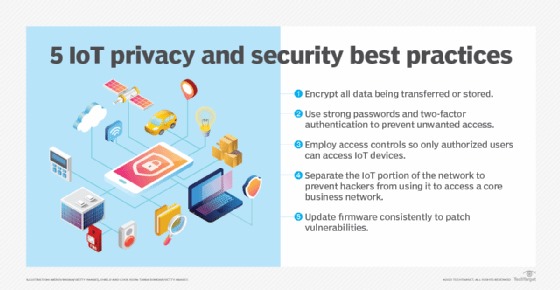In today’s interconnected world, where Internet of Things (IoT) devices are revolutionizing industries, manufacturing stands out as a prime example of digital transformation. IoT-enabled manufacturing processes offer unprecedented levels of automation, efficiency, and data-driven decision-making. However, with these benefits come significant cybersecurity challenges, particularly concerning the protection of critical assets.

The Rise of IoT in Manufacturing:-
IoT devices in manufacturing encompass a wide array of sensors, actuators, and connected equipment that gather and exchange data in real-time. These devices enable predictive maintenance, optimize production schedules, and enhance product quality. By leveraging IoT, manufacturers can achieve operational excellence and competitive advantage. However, each connected device represents a potential entry point for cyber threats.
Unique Cybersecurity Challenges:-
- Diverse Ecosystems: Manufacturing environments often comprise legacy systems alongside modern IoT devices, creating heterogeneous IT landscapes that are challenging to secure uniformly.
- Data Integrity: The integrity of manufacturing data is crucial for maintaining production quality and compliance. Manipulation of data from IoT devices can lead to defective products or compromised operational decisions.
- Supply Chain Risks: IoT extends beyond the factory floor, impacting the entire supply chain. Vulnerable IoT devices can serve as vectors for cyber attacks that propagate upstream or downstream.
Strategies for Securing IoT in Manufacturing:-
- Risk Assessment and Asset Management: Conduct regular risk assessments to identify IoT devices and their vulnerabilities. Implement robust asset management protocols to track devices throughout their lifecycle.
- Network Segmentation: Isolate IoT devices into separate network segments to limit the potential impact of a compromised device and to control access based on security requirements.
- Encryption and Authentication: Encrypt data both in transit and at rest to prevent unauthorized access. Implement strong authentication mechanisms such as multifactor authentication (MFA) to protect device access.
- Continuous Monitoring and Response: Deploy real-time monitoring tools to detect anomalies in IoT device behavior. Establish incident response plans tailored to address IoT-specific threats promptly.
- Employee Training and Awareness: Educate employees on IoT security best practices, including recognizing phishing attempts and understanding the importance of device hygiene.
Regulatory Compliance and Standards:-
Manufacturers must adhere to industry-specific regulations such as ISO 27001, NIST SP 800-171, or sector-specific standards like IEC 62443. Compliance ensures that cybersecurity measures align with best practices and mitigate legal and reputational risks.
The Future of Cybersecurity in IoT-Enabled Manufacturing:-
As IoT adoption in manufacturing continues to grow, so too will the need for robust cybersecurity measures. Future advancements may include AI-driven threat detection, blockchain for secure data transactions, and enhanced collaboration among stakeholders to address evolving cyber threats.
Conclusion:-
Securing IoT-enabled manufacturing environments demands a proactive and multi-layered approach to safeguard critical assets, maintain operational continuity, and protect against evolving cyber threats. By integrating cybersecurity into the fabric of digital transformation initiatives, manufacturers can harness the full potential of IoT while mitigating risks and ensuring a resilient future.
In conclusion, the convergence of IoT and manufacturing presents unprecedented opportunities and challenges, making cybersecurity a cornerstone of sustainable growth and innovation in the industry.
Author:

Global CDIO
Forbes Marshall
